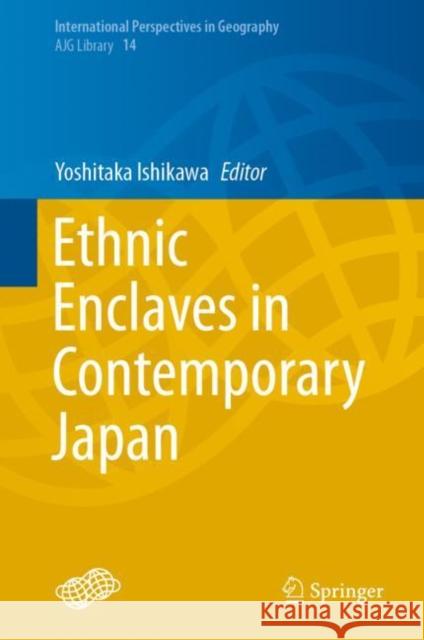Ethnic Enclaves in Contemporary Japan » książka
topmenu
Ethnic Enclaves in Contemporary Japan
ISBN-13: 9789813369948 / Angielski / Twarda / 2021 / 189 str.
Ethnic Enclaves in Contemporary Japan
ISBN-13: 9789813369948 / Angielski / Twarda / 2021 / 189 str.
cena 483,04
(netto: 460,04 VAT: 5%)
Najniższa cena z 30 dni: 462,63
(netto: 460,04 VAT: 5%)
Najniższa cena z 30 dni: 462,63
Termin realizacji zamówienia:
ok. 22 dni roboczych
Bez gwarancji dostawy przed świętami
ok. 22 dni roboczych
Bez gwarancji dostawy przed świętami
Darmowa dostawa!
Kategorie BISAC:
Wydawca:
Springer
Seria wydawnicza:
Język:
Angielski
ISBN-13:
9789813369948
Rok wydania:
2021
Wydanie:
2021
Numer serii:
000466835
Ilość stron:
189
Waga:
0.50 kg
Wymiary:
23.88 x 19.81 x 1.52
Oprawa:
Twarda
Wolumenów:
01











